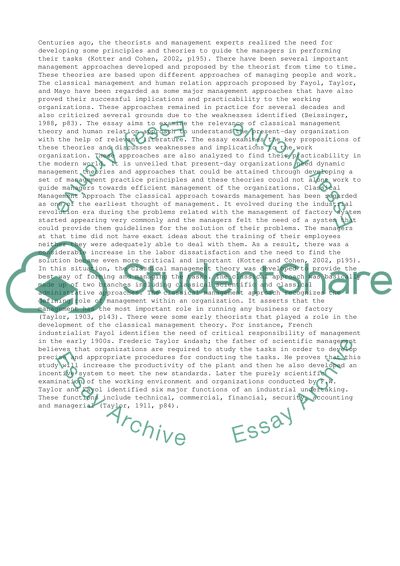Cite this document
(Classical and Human Relation Management Literature review, n.d.)
Classical and Human Relation Management Literature review. Retrieved from https://studentshare.org/management/1429322-critically-assess-the-relevance-of-classical
Classical and Human Relation Management Literature review. Retrieved from https://studentshare.org/management/1429322-critically-assess-the-relevance-of-classical
(Classical and Human Relation Management Literature Review)
Classical and Human Relation Management Literature Review. https://studentshare.org/management/1429322-critically-assess-the-relevance-of-classical.
Classical and Human Relation Management Literature Review. https://studentshare.org/management/1429322-critically-assess-the-relevance-of-classical.
“Classical and Human Relation Management Literature Review”, n.d. https://studentshare.org/management/1429322-critically-assess-the-relevance-of-classical.


